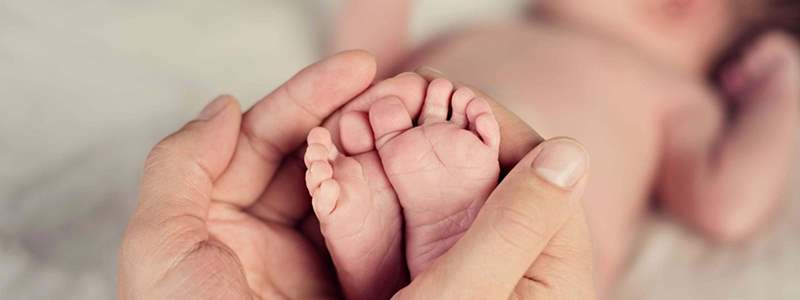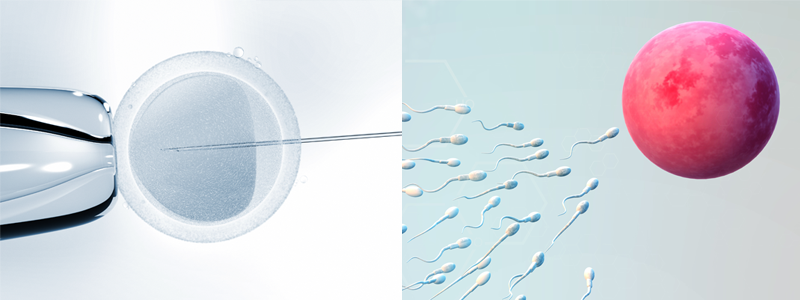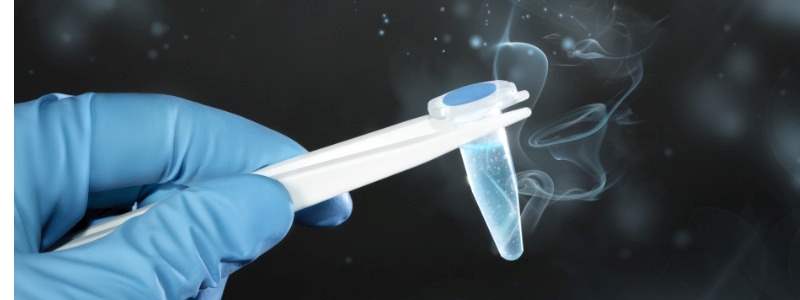Advances in the world of IVF mean that new ways of making babies are arising all the time. We outline some of the newest technologies and the directions they are moving in below.
Womb transplants
Now: Doctors and scientists have been working to perform successful womb transplants for several years now, and a number of women have been the recipients of a donated uterus. This resulted in the first live birth from a donated womb in September 2014. This technique is still considered experimental however.
In the future: Scientists are hoping to perfect and expand this technique in order to help more women who are in need. There has also been a suggestion that uterus transplants could be used to help transgender women and even men in same-sex relationships who wish to have a child. However, there are complex ethics surrounding this and whether it would be justifiable to subject somebody to such surgical intervention if it is not strictly necessary.
3-parent babies (and mitochondrial donation)
Now: The law in the United Kingdom was changed in February 2015 to allow mitochondrial donation for parents carrying mitochondrial disease. This means that women who have mitochondrial disease can undergo IVF and produce embryos before healthy mitochondria from a donor is introduced. The donor’s mitochondria replaces the existing faulty mitochondria so that the resulting baby does not inherit the mitochondrial disease. This means that the baby has DNA from 3 different people, although in reality the mitochondrial DNA is not responsible for producing any individual traits.
In the future: At present this technology is strictly limited to helping those who suffer from medical conditions linked to the mitochondria. There has been some research into the relationship between the numbers of mitochondria and the quality of any resulting embryos, to see whether other women undergoing IVF might benefit from mitochondrial donation. However, such research is at an early stage and so far there have been very few definitive conclusions to be drawn.
Gene-editing
Now: Gene-editing technology has been improving over the last few decades as scientists have sought more and more precise ways to edit the genome. The latest tool to have been developed is the CRISPR-Cas9 gene-editing tool, which locates and cuts specific genes at precise locations. These genes can then be replaced with an alternative segment of DNA, e.g. a disease gene can be replaced with a non-disease gene.
In the future: At present this tool is in its infancy, having only been developed in 2013. It is therefore currently in the process of being tested on various animals before scientists attempt to extend this to humans. The researchers hope ultimately that CRISPR-Cas9 may help to ‘correct mutant genes, reverse disease symptoms, and possibly help train the body’s immune system to fight dangerous infections.’ However there is concern that such technology, if used with humans, could result in ‘designer babies’. There is also unease surrounding the fact that changes made in animal cells have been shown to affect the germline e.g. they are inherited by offspring. Indeed the apprehension is so great that in December 2015 leading scientists called for a moratorium on use of all gene-editing technology including CRISPR.
Creating eggs and sperm (in-vitro gametogenesis)
Now: Scientists are working on techniques which would allow men and women to grow gametes from stem cells. Embryonic stem cells are those cells which are able to turn into any cell in the body given the right environment. This means that with the appropriate coaxing, these could theoretically be turned into sperm or egg cells. However, this science is very new and has currently only been tested on mice.
In the future: If this technology was advanced to the point where it could be used routinely with humans, it could help many different people have children. One of the major possible uses is with same-sex couples, who could potentially have children genetically related to both of them, as this technology would allow men to produce eggs and women to produce sperm. Another group of people who could benefit from in-vitro gametogenesis are those who are currently unable to produce eggs/sperm.
Using frozen tissues
Now: Freezing tissue at a younger age and then transplanting later in life is a very experimental technique which has only been performed in recent years. The first live birth from such a technique was reported in 2004, and there have been a number of reported births since.
In the future: Scientists are hoping to expand this technology so that more people who are at risk of losing their fertility can have it preserved. This could be particularly useful for patients undergoing cancer treatment. Young men as well as women can have tissue frozen, and a young 9-year old boy recently hit the news for having testicular tissue frozen before undergoing chemotherapy and radiotherapy. It is also worth noting that both egg and sperm freezing are considered the gold standard in fertility preservation and have advanced significantly in recent years.






